Welcoming a feral cat into your home can be both a heartwarming and challenging experience. These independent creatures, often misunderstood, bring a unique kind of joy that only those who’ve opened their doors to them can truly understand. But how do you transform a wary, wild feline into a cozy, content house cat? The answer lies in patience, understanding, and a few clever strategies. Let’s explore the ten simple ways to make a feral cat feel at home indoors, ensuring they transition smoothly into your loving abode.
Understanding Feral Cats
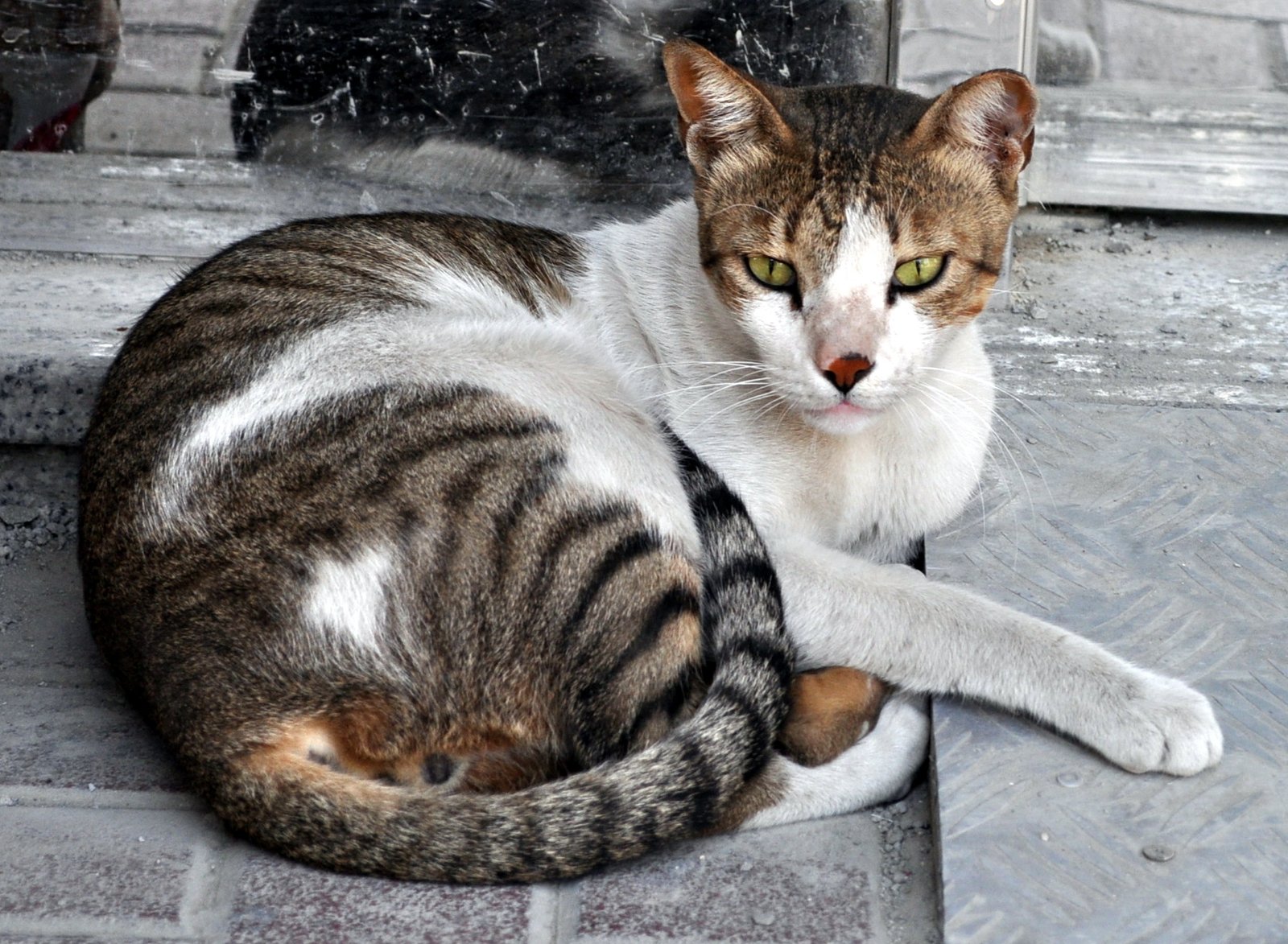
Feral cats are not your typical house pets. Often born in the wild, they have limited human interaction, making them wary of people. Unlike stray cats, who may have once lived with humans, feral cats rely on their instincts for survival. Understanding this distinction is crucial before inviting them into your home. They may not warm up to you immediately, but with time and effort, they can become affectionate companions.
Their behavior can be unpredictable, and they might react defensively if they feel threatened. It’s essential to approach them with patience and empathy, knowing that their wariness is not personal but a survival mechanism. By recognizing their needs and boundaries, you can create a safe and nurturing environment for them.
Creating a Safe Space

The first step in making a feral cat feel at home is to provide a safe space. This could be a quiet room or a secluded corner where they can retreat and feel secure. Fill this area with comfortable bedding, toys, and a litter box to make it inviting. A safe space allows the cat to explore its new environment at its own pace without feeling overwhelmed.
It’s crucial to keep this area quiet and free from sudden noises or disturbances. This will help the cat associate the space with calmness and safety. Over time, as they grow more comfortable, they’ll venture out and explore other parts of your home. Remember, patience is key, and respecting their pace will foster trust.
Providing Consistent Meals
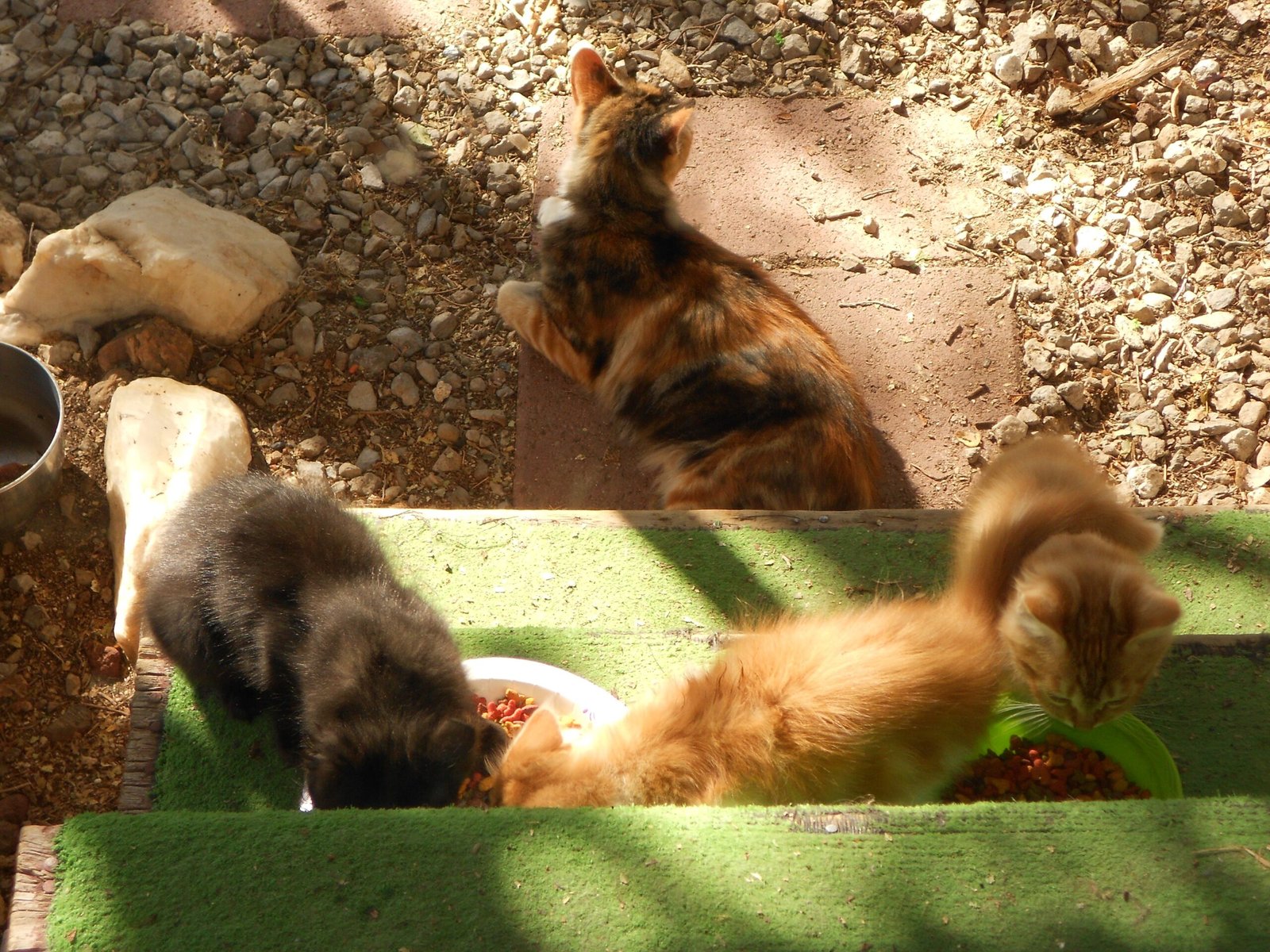
Consistency in feeding is vital for gaining a feral cat’s trust. Set a regular feeding schedule and stick to it. Offering meals at the same time each day helps the cat understand that you are a reliable source of food, which is a significant step in building trust. You might start by placing the food near their safe space and gradually moving it closer to where you spend time.
Opt for nutritious, high-quality cat food that meets their dietary needs. Initially, you might find that they prefer to eat when no one is around. That’s perfectly normal. As trust builds, they’ll become more comfortable eating in your presence, further strengthening your bond.
Introducing Interactive Play
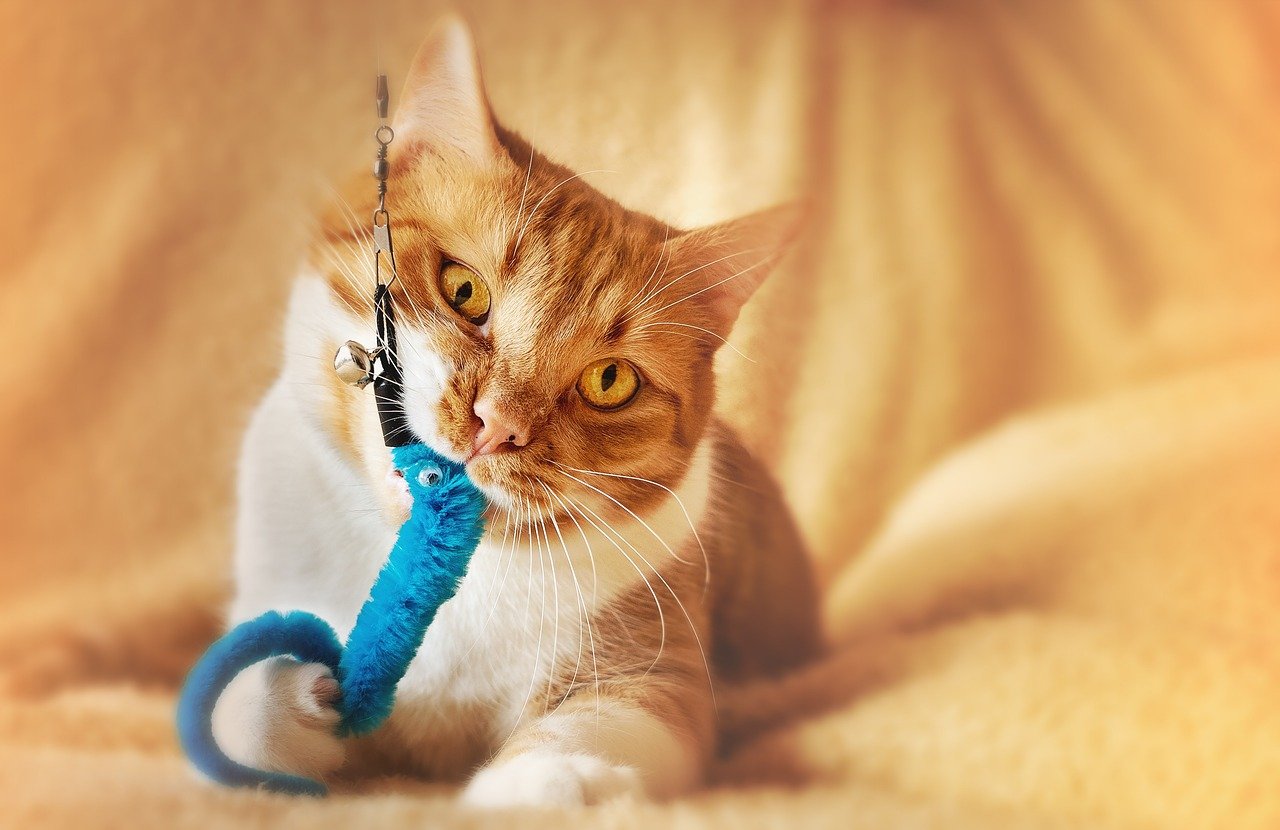
Play is an excellent way to bond with a feral cat. Interactive toys such as feather wands or laser pointers can engage their hunting instincts while providing exercise and mental stimulation. Start with short play sessions and gradually increase the duration as the cat becomes more comfortable.
Through play, you’ll be able to observe their personality and preferences. Some cats might prefer chasing toys, while others enjoy pouncing on objects. By catering to their interests, you can create a positive association with human interaction, making them feel more at ease in their new home.
Respecting Their Boundaries
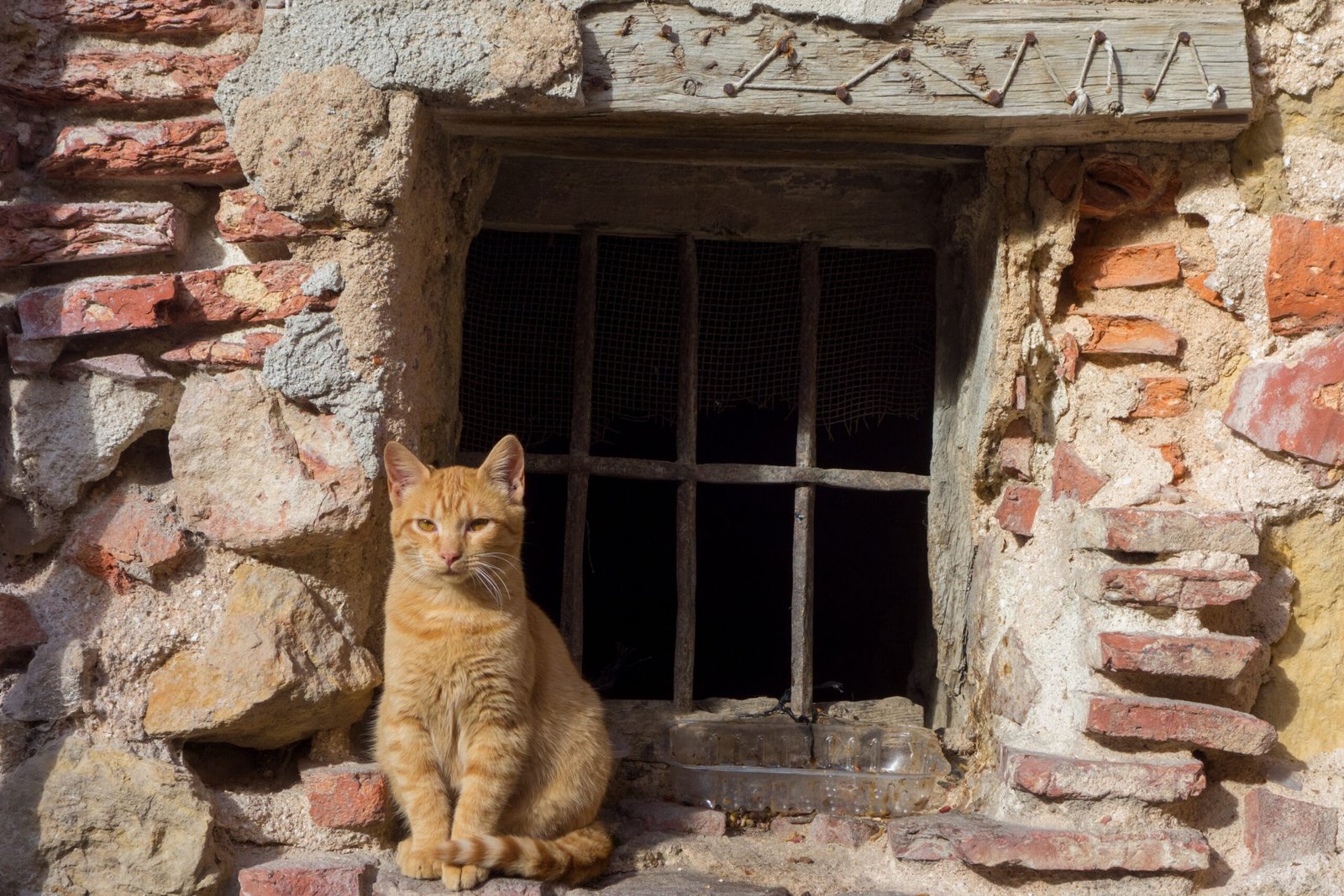
Feral cats are not accustomed to human touch, so it’s essential to respect their boundaries. Avoid forcing physical contact and allow the cat to approach you on its terms. They may be curious and come close, but that doesn’t mean they’re ready for petting. Let them sniff your hand or nudge against you when they’re comfortable.
Respecting their space is a sign of trust, showing the cat that you’re not a threat. Over time, they may become more open to affection, but patience is key. Every small step forward is a victory, and these incremental advances will eventually lead to a strong bond.
Using Calming Aids
To ease the transition, consider using calming aids such as pheromone diffusers or sprays. These products mimic natural cat pheromones, creating a sense of security and comfort. Place them near the cat’s safe space to promote relaxation and reduce anxiety.
Additionally, soft music or white noise can help mask unfamiliar sounds and create a soothing environment. Remember, the goal is to make the indoor setting as stress-free as possible. By incorporating these aids, you can help the cat adjust more quickly to their new surroundings.
Gradual Introduction to Other Pets

If you have other pets, it’s important to introduce them to the feral cat gradually. Start by allowing them to sniff each other’s scent through a closed door. Once they seem comfortable, you can proceed with supervised face-to-face meetings. Keep these initial interactions short and positive to avoid stress.
Monitor their body language closely for signs of aggression or fear. With patience and careful management, your pets can learn to coexist peacefully. Remember, the goal is to ensure that all animals in the household feel safe and secure.
Building Trust Through Routine
Cats thrive on routine, and establishing a daily schedule can help build trust with a feral cat. Regular feeding times, play sessions, and quiet periods create predictability, which can be comforting for a cat adjusting to a new environment. Consistency in your actions helps the cat understand what to expect, reducing anxiety.
By sticking to a routine, you demonstrate reliability, which is crucial for gaining the cat’s trust. Over time, the cat will associate you with safety and security, paving the way for a deeper connection.
Encouraging Exploration
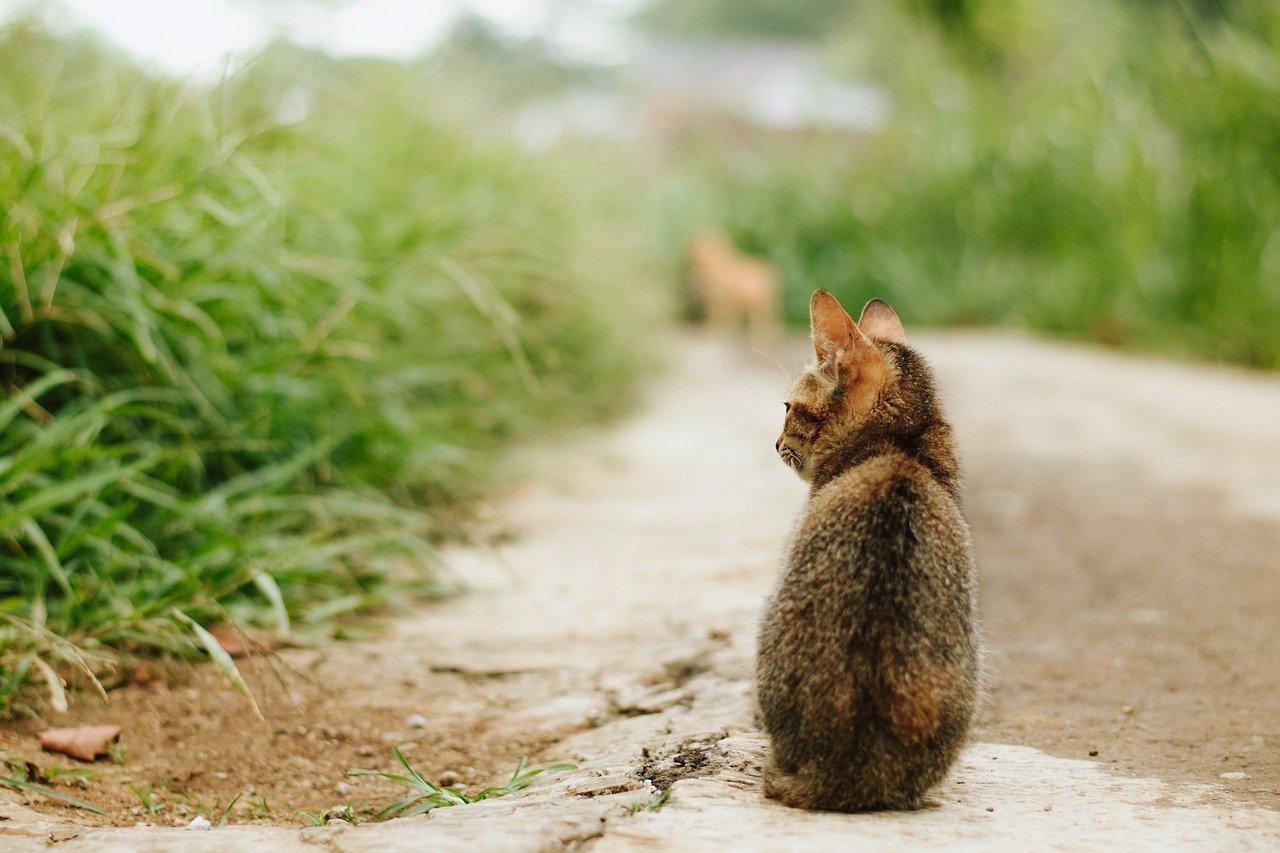
Once the feral cat feels secure in its safe space, encourage exploration of the rest of your home. Leave doors open and provide access to different rooms, allowing the cat to investigate at its own pace. This exploration helps the cat become familiar with their new environment and find additional spots where they feel comfortable.
Patience is key during this phase, as some cats may take longer to venture out than others. Celebrate small milestones, like the cat exploring a new room or interacting with a toy. These achievements signify growing confidence and comfort in their new home.
Celebrating Small Victories
Every step forward with a feral cat is a victory worth celebrating. From the first time they eat in your presence to the moment they allow you to pet them, these milestones signify trust and progress. Acknowledge and cherish these moments, as they are the building blocks of a lasting bond.
Celebrate these achievements by offering treats, gentle praises, or additional playtime. Positive reinforcement encourages continued progress and solidifies the cat’s sense of security in their new home. Remember, the journey with a feral cat is unique and rewarding, filled with small victories that lead to a loving companionship.
In embracing these ten simple ways, you are not just offering shelter to a feral cat; you are opening your heart to a new friendship. As you navigate this journey, remember that patience, understanding, and love are your greatest tools. What surprising bonds will you form as you welcome a feral cat into your home?

Born and bred in South Africa, a Capetonian at heart. Amy-Leigh’s love for nature and animals was inherited from her Dad. He loves taking the family on road trips to experience nature at its finest; Amy-Leigh’s favourite being whale watching in Hermanus and spotting Kudu along the West Coast. Amy-Leigh holds a BA in English Literature and Communication Studies.






